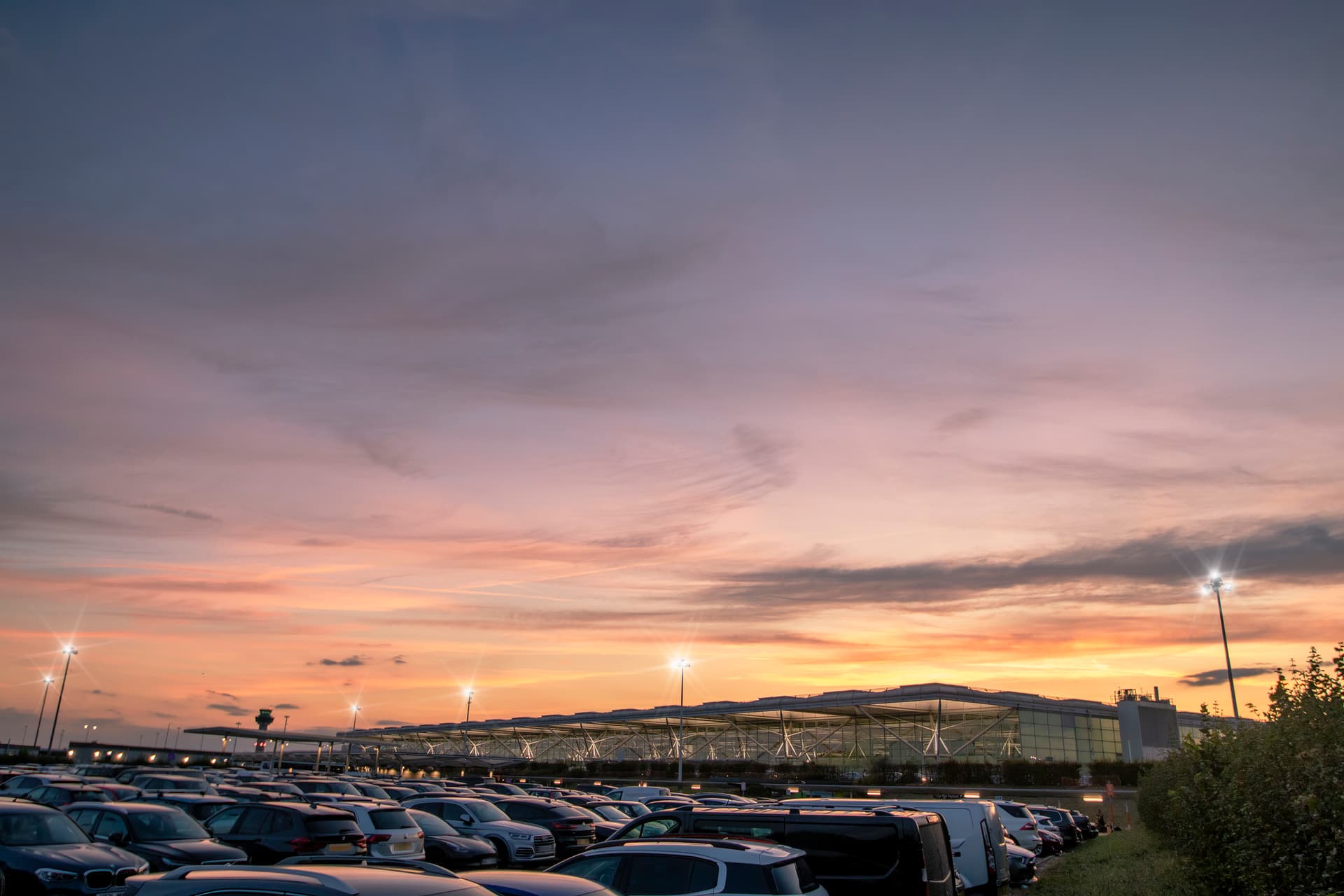What Will Be the Key Airport Technology Trends and Challenges in 2025?

Martin Jones, CEO at CAVU, shares his perspectives on how personalisation, collaboration, and cutting-edge technology, such as AI and data analytics, will be pivotal in transforming the passenger journey in 2025.
Airports are continuing to evolve in response to growing passenger expectations and shifting market dynamics.
In this article, Martin Jones, CEO at CAVU, shares his perspectives on how personalisation, collaboration, and cutting-edge technology, such as AI and data analytics, will be pivotal in transforming the passenger journey in 2025.
From the role of dynamic pricing to overcoming data fragmentation, Martin highlights the opportunities and obstacles airports must navigate to create a seamless, more connected travel experience.
Jump to:
- Key trends that have impacted the airport and travel industry
- How passenger expectations will evolve in 2025
- Technology advancements transforming the passenger journey in 2025
- Potential challenges for the industry in 2025
CAVU: Reflecting on 2024, what key trends or shifts do you think have had the most significant impact on the airport and travel industry?
Martin: Passengers, certainly from an airport perspective, are largely unknown because they’ve booked with others. This makes it harder to personalise the airport experience. There’s been a shift towards passengers expectations around personalisation and an expectation data will be used to improve the customer experience in a more bespoke and personalised way.
The traditional three airport revenue streams of aviation revenues landing fees, retail, and car parking constantly evolve. Near-term changes e.g. the growth of online retail, new modes of transport e.g. Uber along with mid-term evolutions such as the introduction of autonomous vehicles and the impact on parking all mean the traditional non-aero revenue streams will continue to change and evolve,
The growth of low-cost carriers, which need to operate on a lower-cost model, adds further pressure on airports to evolve to ensure their facilities meet the needs of future travellers while continuing to be commercially successful.
CAVU: How do you think passenger expectations will evolve this year, and how can the industry keep up?
Martin: Giving people choices as they travel is key. Instead of pushing everyone through the same funnel, passengers should have options, like how they want to get to the airport, how to get through security, what they do whilst they wait for their flight to board etc. Some may even want to skip the main terminal experience entirely, with options like aether, this is now possible.
It’s about giving people real choices as they travel allowing them to make trade-offs between cost and convenience. People like the opportunity to curate their travel experiences based on their preferences and budget, but everybody equally expects the basics to be done well e.g. maintaining general cleanliness, high washroom standards etc.
There’s also an opportunity for better collaboration between airports, airlines, concessionaires and other stakeholders to make the pie bigger rather than fighting over how it’s distributed. Collectively improving the passenger experience will benefit everyone, as the only person who misses out when there’s division is the passenger.
CAVU: What technological advancements will have the most transformative impact on the airport passenger journey in 2025?
Martin: AI has the potential to drive greater business efficiency, better commercial decision making and improved customer experiences. But underpinning all of this is the need to be good at data. Getting this right should be the initial focus for most businesses.
Data is currently fragmented across many parts of the customer journey, and there’s a need to get a single view of the customer. Without this, individual touchpoints could be improved but the end-to-end customer journey will remain fragmented.
AI can deliver greater insights into passenger preferences, enabling airports to offer tailored and personalised services. For example, it can support dynamic pricing, in-trip notifications about products and services, bespoke marketing campaigns etc all of which consider price, availability and relevancy ensuring good value and relevant content is delivered to passengers.
CAVU: Do you anticipate any major disruptions or challenges for the industry in 2025? If so, what are they, and how can they be overcome?
Martin: Collaboration remains an opportunity. Airports, airlines, concessionaires and other stakeholders could work together more effectively to improve the passenger experience and reduce fragmentation. Otherwise, the only one who loses out is the passenger.
Another challenge lies in the need to balance cost pressures with rising passenger expectations. Pre booking, dynamic pricing and innovative revenue models will be essential in addressing these issues.
Finally, fragmented data continues to be a significant hurdle. Developing robust data-sharing frameworks and integrating data across the passenger journey will be critical to unlocking the full potential of technologies like AI.
Ultimately, collaboration, innovation, and focus on the passenger journey are the keys to overcoming these challenges.